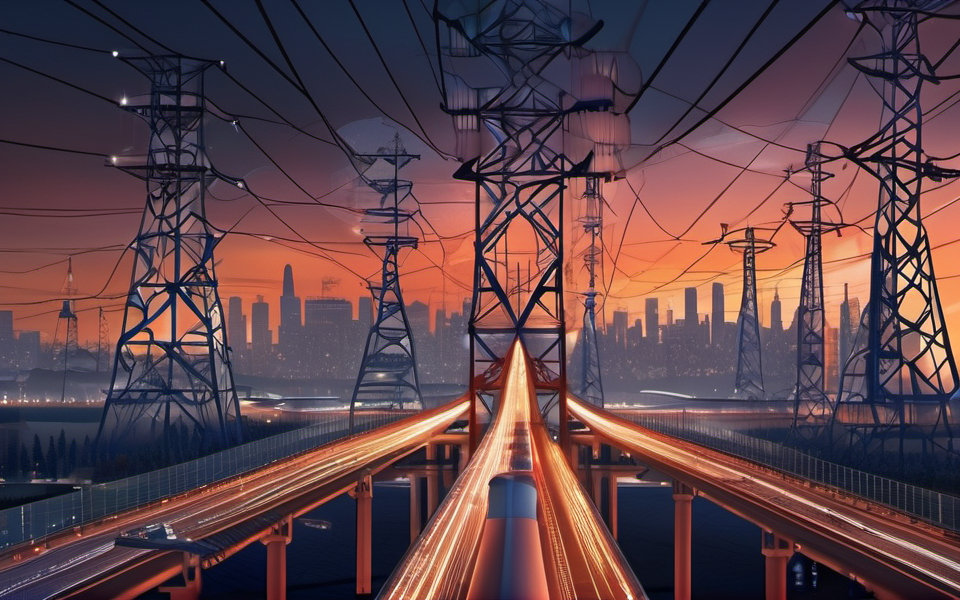The Future of Cybersecurity is Now: Are You Ready?
Forget everything you think you know about cybersecurity. The old rules no longer apply. The threats have evolved, and so must our approach. The very backbone of our modern world, critical infrastructure, is now squarely in the crosshairs of cybercriminals and state-sponsored actors. They are no longer targeting random individuals – they’re aiming for the heart of our society. Are you ready to meet the challenge?
What Exactly Is Critical Infrastructure?
Let’s break down what we’re talking about here. Think about the systems that make modern life possible – the ones we take for granted until they are disrupted. We’re talking about energy grids that power our homes and businesses. Telecommunications networks that keep us connected. Transportation systems that get us from point A to point B. Even financial institutions that keep our economies functioning. All of these systems, and many more, fall under the umbrella of critical infrastructure.
The Growing Threat to Critical Infrastructure:
The rise of sophisticated cyberattacks has brought this once-niche threat into the mainstream. No longer satisfied with stealing personal data, attackers are targeting our most sensitive systems. In 2021, the Colonial Pipeline attack brought the US energy infrastructure to its knees, disrupting gas supplies across the East Coast. In 2022, a ransomware attack targeted a water treatment facility in Florida, nearly poisoning thousands of residents. These are just a few examples of what’s to come.
How We Protect Critical Infrastructure: The Modern Security Landscape
As the stakes escalate, so must our security strategies. The traditional approach – building walls around sensitive data – no longer suffices. We need a multifaceted, holistic approach, encompassing several vital layers:
1. Advanced Threat Detection and Prevention:
This is the first line of defense. We must utilize next-generation intrusion detection systems that can recognize the most sophisticated attack vectors. Behavior analytics can detect anomalies in network activity, flagging potential threats before they become actual incidents. This requires constantly updating security solutions to match the evolving threats. It’s a continuous arms race, and we can’t afford to fall behind.
2. Proactive Security Posture and Cyber Hygiene:
The most effective defense is a proactive one. Regular security audits can identify vulnerabilities before they can be exploited. This is where penetration testing comes in. By simulating attacks, we can uncover weak points in the system, fortify them, and make them much more difficult to exploit.
Beyond technical measures, it’s crucial to ensure good cyber hygiene across all levels of the organization. This involves educating employees on best practices, enforcing strong password policies, and minimizing the human factor in cybersecurity breaches.
3. Robust Incident Response and Recovery Plans:
Even with the best defenses, the reality is that some attacks will inevitably make it through. This is where a robust incident response plan comes into play. We must be able to swiftly detect, contain, and recover from an attack.
Data backup and disaster recovery solutions are critical in this context. They provide the ability to restore essential systems and data even in the face of a major cyber incident. These solutions must be rigorously tested and validated to ensure they work effectively under real-world conditions.
The Human Factor in Critical Infrastructure Protection
Cybersecurity is not just about technology. It’s about people. It requires a commitment from the top down to prioritize security in all decision-making. This translates to:
- Employee education and awareness: Equipping all personnel, not just technical staff, with the knowledge to recognize and avoid common phishing scams and other malicious tactics is vital.
- Security as a core competency: Integrating cybersecurity into all departments, from IT to operations to even human resources. This can include things like conducting security awareness training during new employee onboarding or making cyber hygiene practices part of a company’s internal policies.
Building a Resilient Future: A Shared Responsibility
The task of securing critical infrastructure is a massive one. It’s not something any single entity can solve on its own. Governments, businesses, and individuals all have a role to play. Collaboration, information sharing, and ongoing research are crucial. By leveraging the collective intelligence of the cybersecurity community, we can develop solutions that are not only effective but also adaptable to the ever-changing threat landscape.
The Future of Critical Infrastructure Protection
The future of cybersecurity is already here, but its potential is only starting to be realized. Advances in AI and machine learning will further bolster our defensive capabilities. We will be able to detect threats with unprecedented precision and react with agility.
Key Takeaways:
- The modern cyber threat landscape presents unique challenges, especially when it comes to critical infrastructure protection.
- Implementing advanced threat detection and prevention, a proactive security posture, and robust incident response plans are key components of a successful defense.
- Addressing the human factor through employee training and building security as a core competency is vital to reducing vulnerabilities.
- Collaboration, knowledge sharing, and research are essential to building a resilient and secure future for critical infrastructure.
The future is what we make it. By taking proactive measures today, we can secure a future where critical infrastructure is not just resilient, but truly protected.




